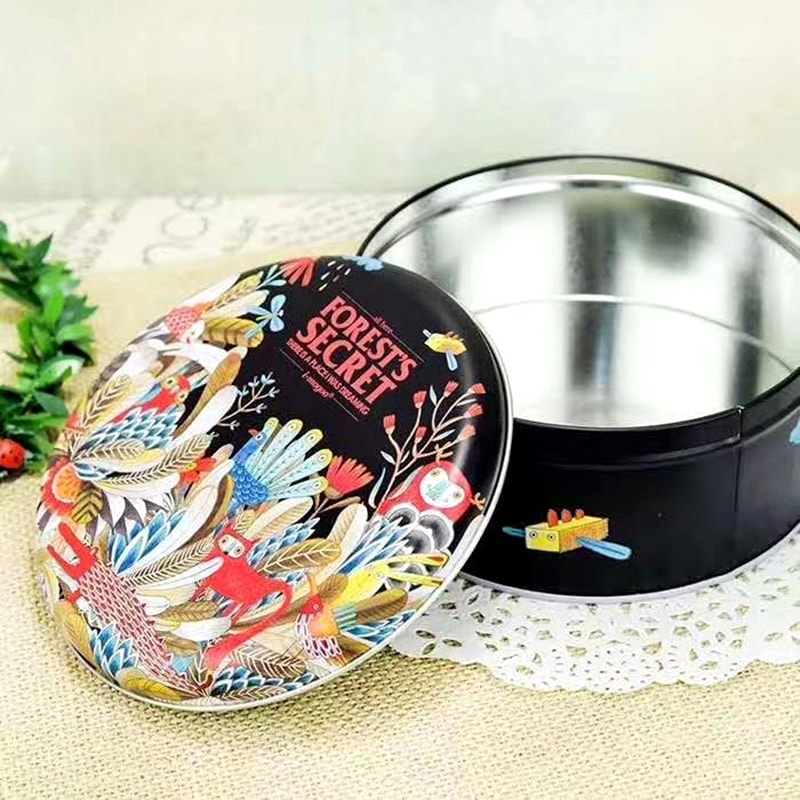
1. Establish Quality Metrics:
Define key quality metrics and performance indicators that are relevant to tin box manufacturing, such as dimensional accuracy, coating adhesion strength, and overall durability.
2. Monitoring:
Regularly monitor the manufacturing processes, raw materials, and finished products to assess their adherence to the defined quality metrics and identify any deviations or non-conformities.
3. Root Cause Analysis:
In the event of quality issues or non-conformities, conduct a systematic analysis to identify the root causes, which may involve investigating production procedures, raw material variations, or equipment performance.
4. Corrective Actions:
Develop and implement corrective action plans to address the root causes of identified quality issues, with the goal of preventing their recurrence and continuously improving the manufacturing processes.
5. Training and Skill Development:
Provide training and skills development opportunities for personnel involved in tin box manufacturing to enhance their understanding of quality requirements and improve the overall quality awareness throughout the organization.

6. Continuous Improvement Initiatives:
Implement processes and systems to continuously improve quality throughout the tin box manufacturing operations, driven by feedback, data-driven decision-making, and a commitment to excellence.
7. Quality Management System Audit:
Conduct periodic audits to assess the effectiveness and compliance of the quality management system, identifying areas for enhancement and reinforcing a culture of quality.
8. Documentation and Reporting:
Maintain comprehensive documentation of the quality control activities, corrective actions, and improvement initiatives, and generate periodic reports to communicate the results and progress in quality management.